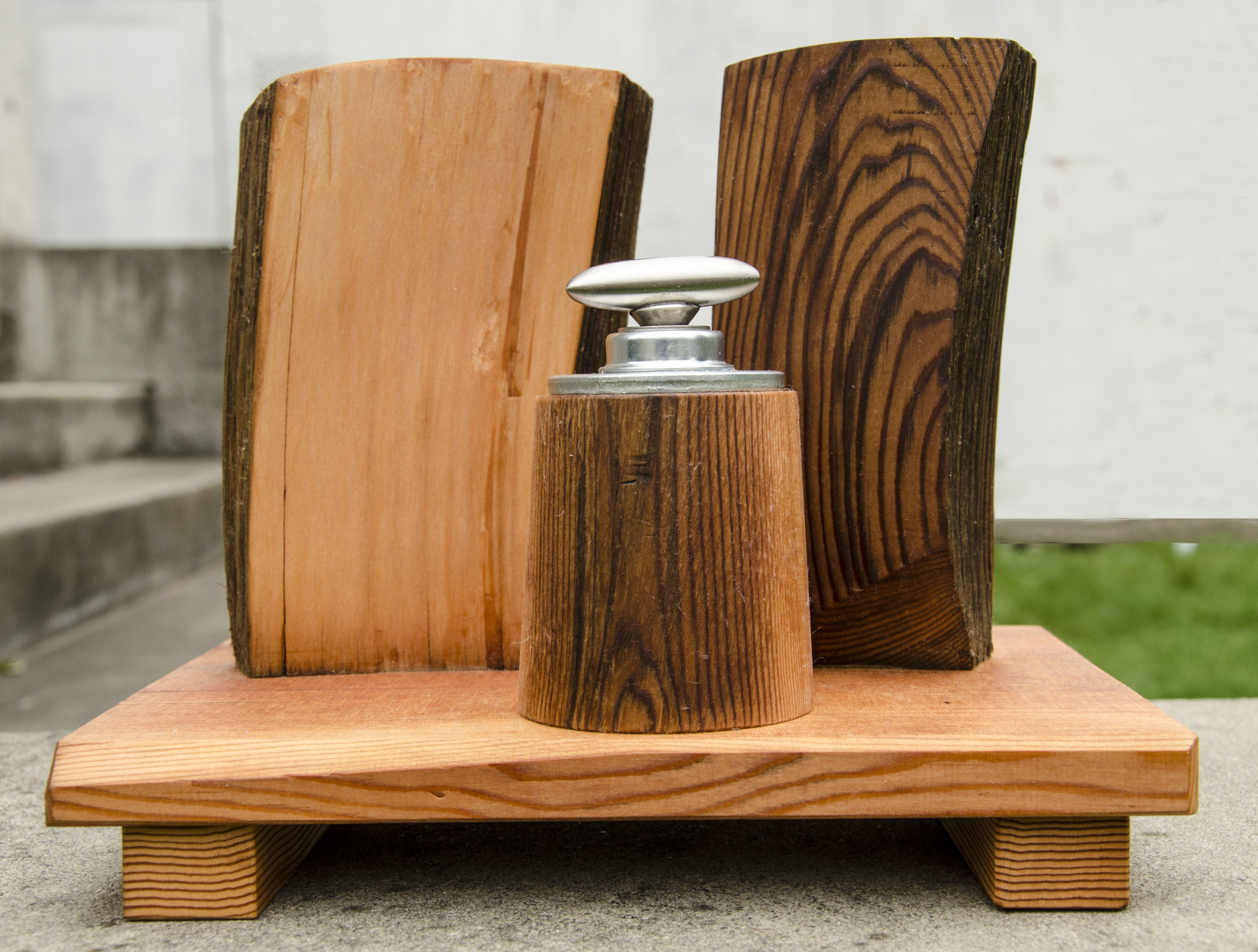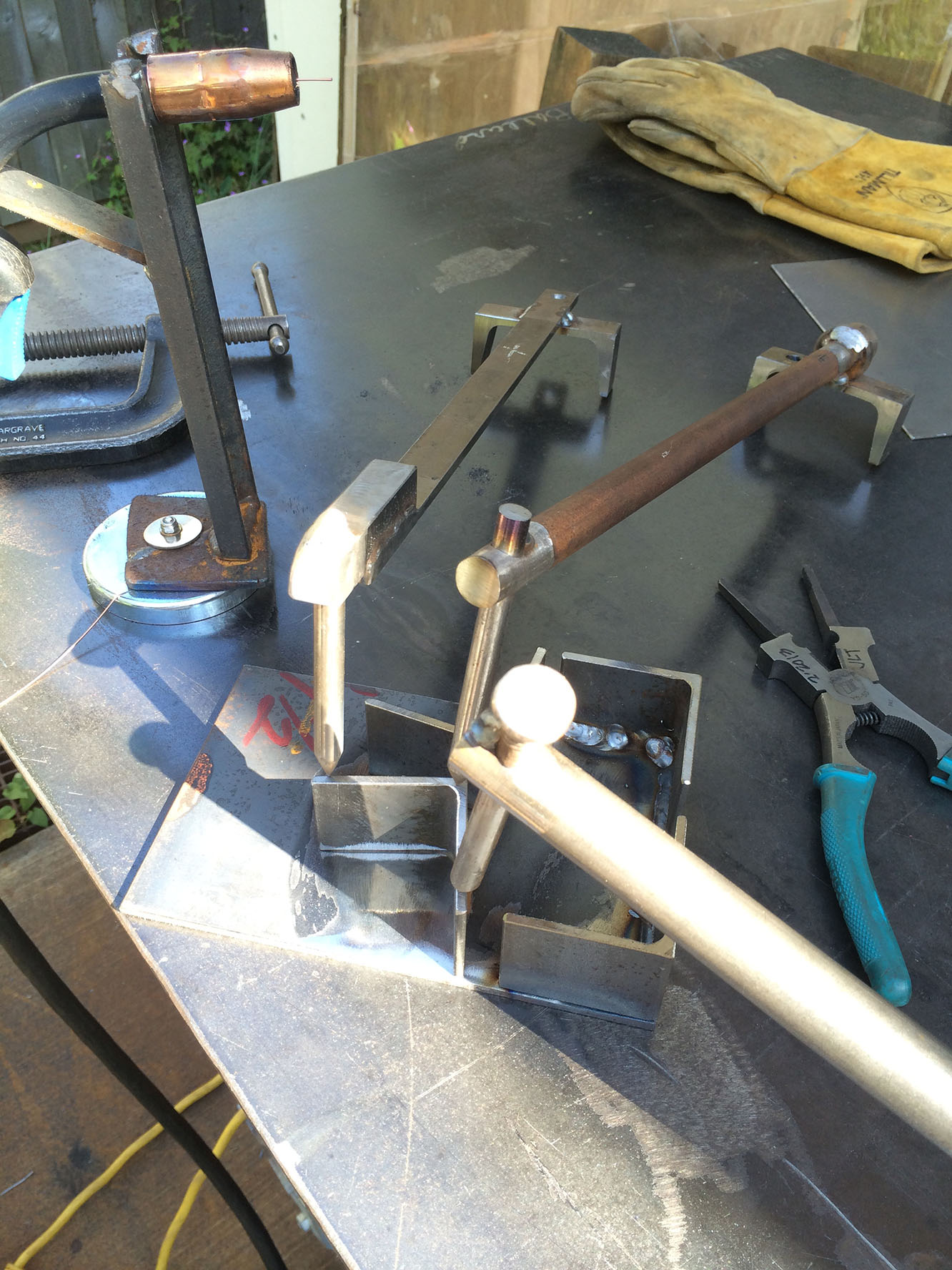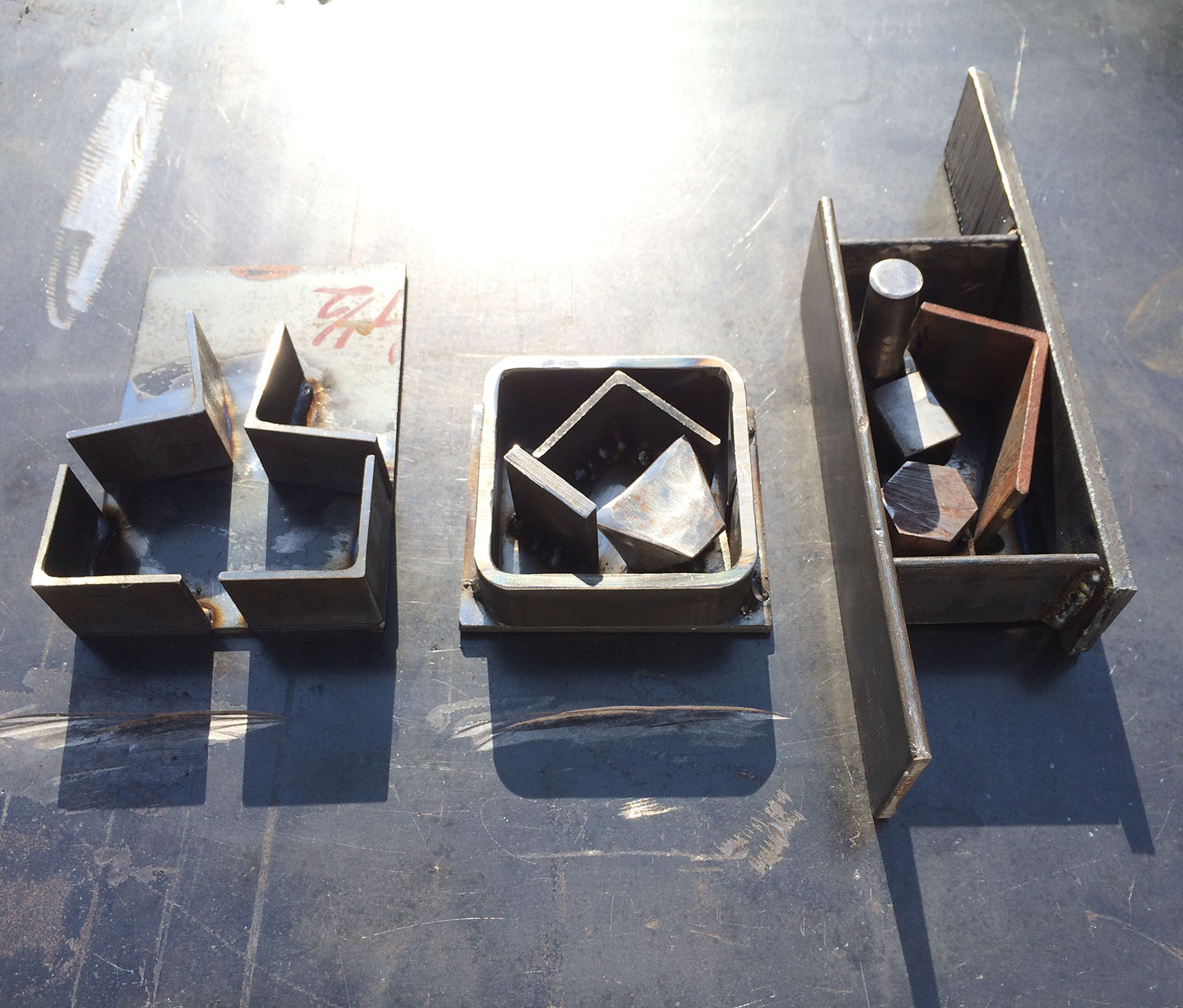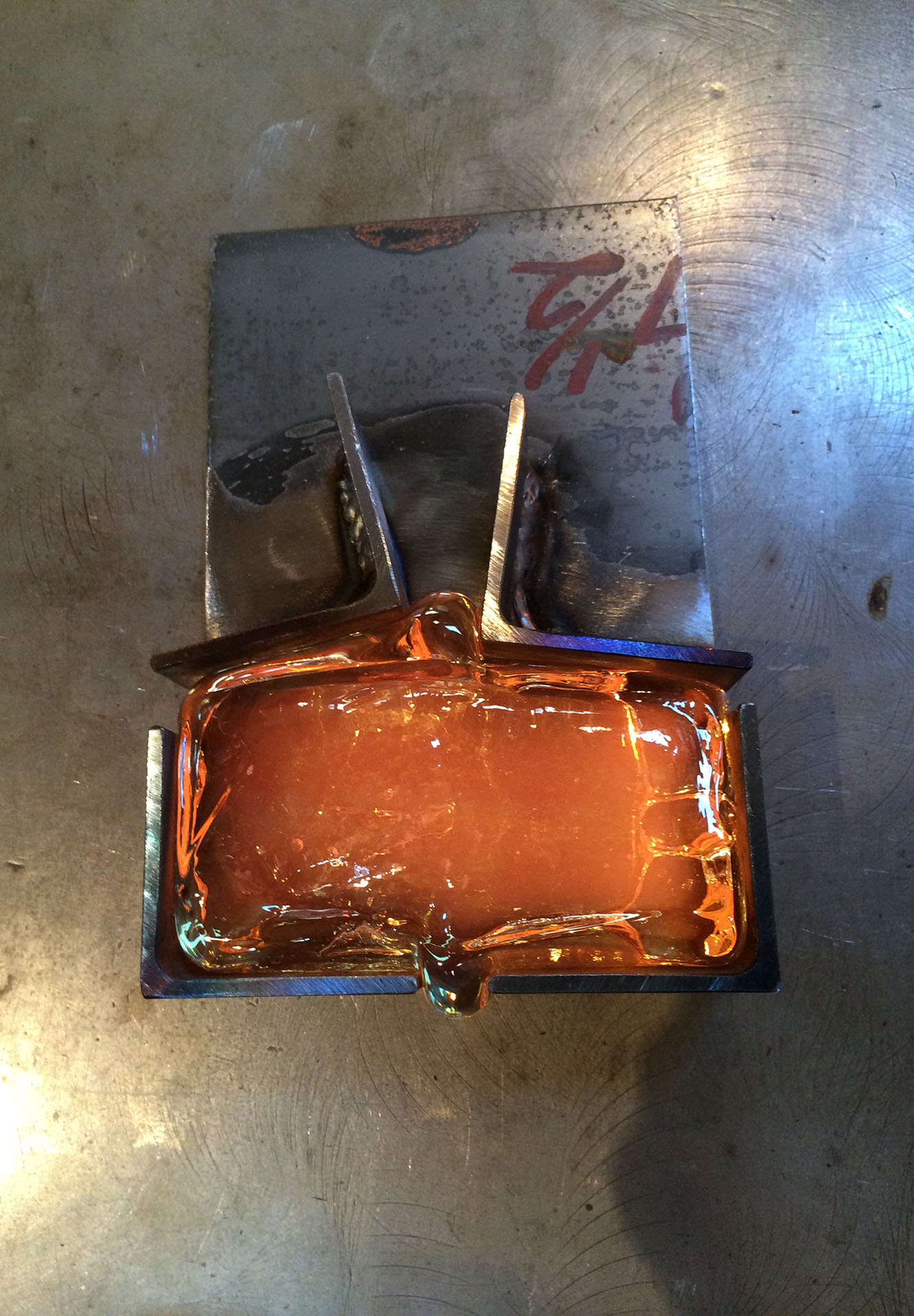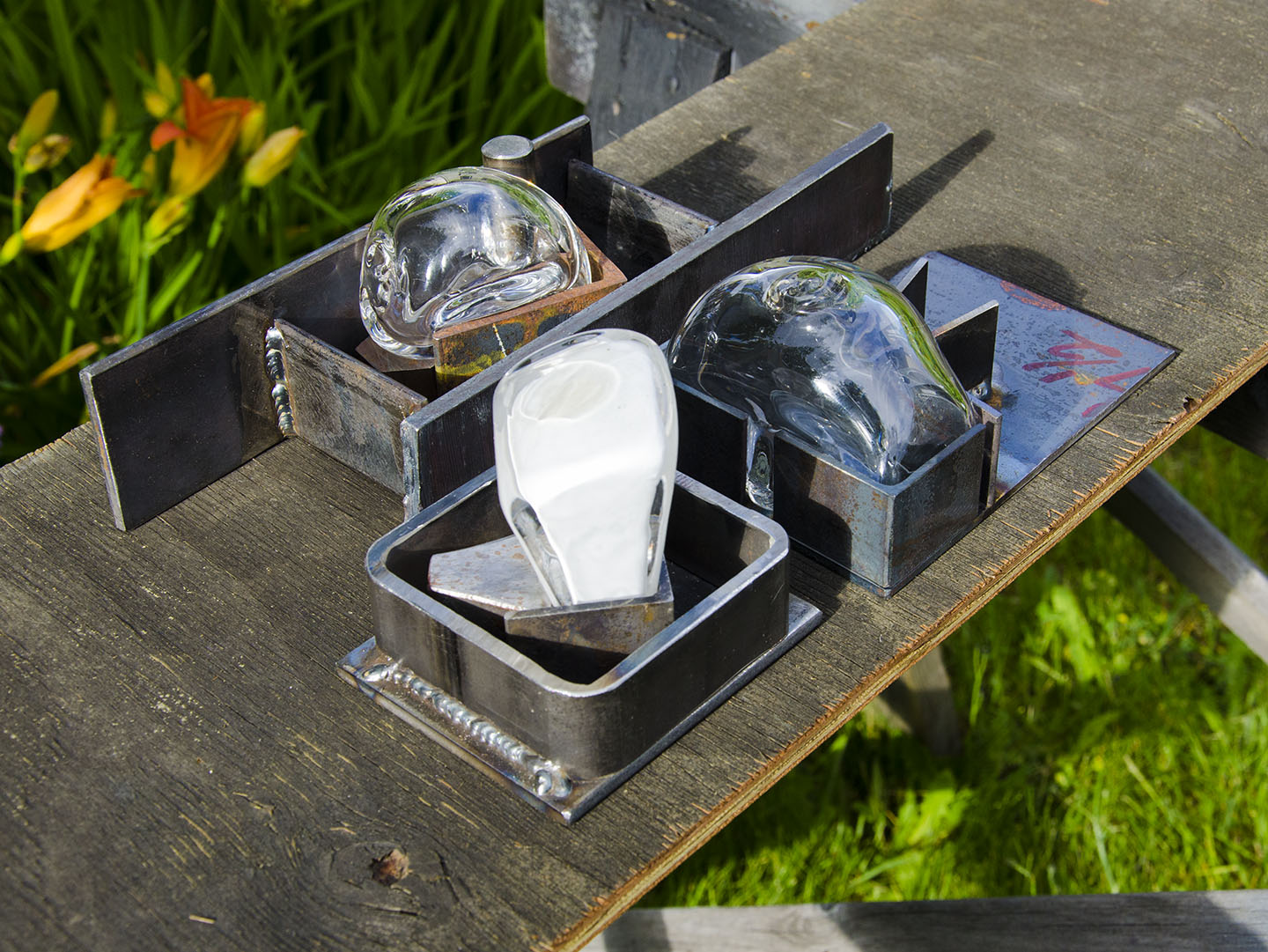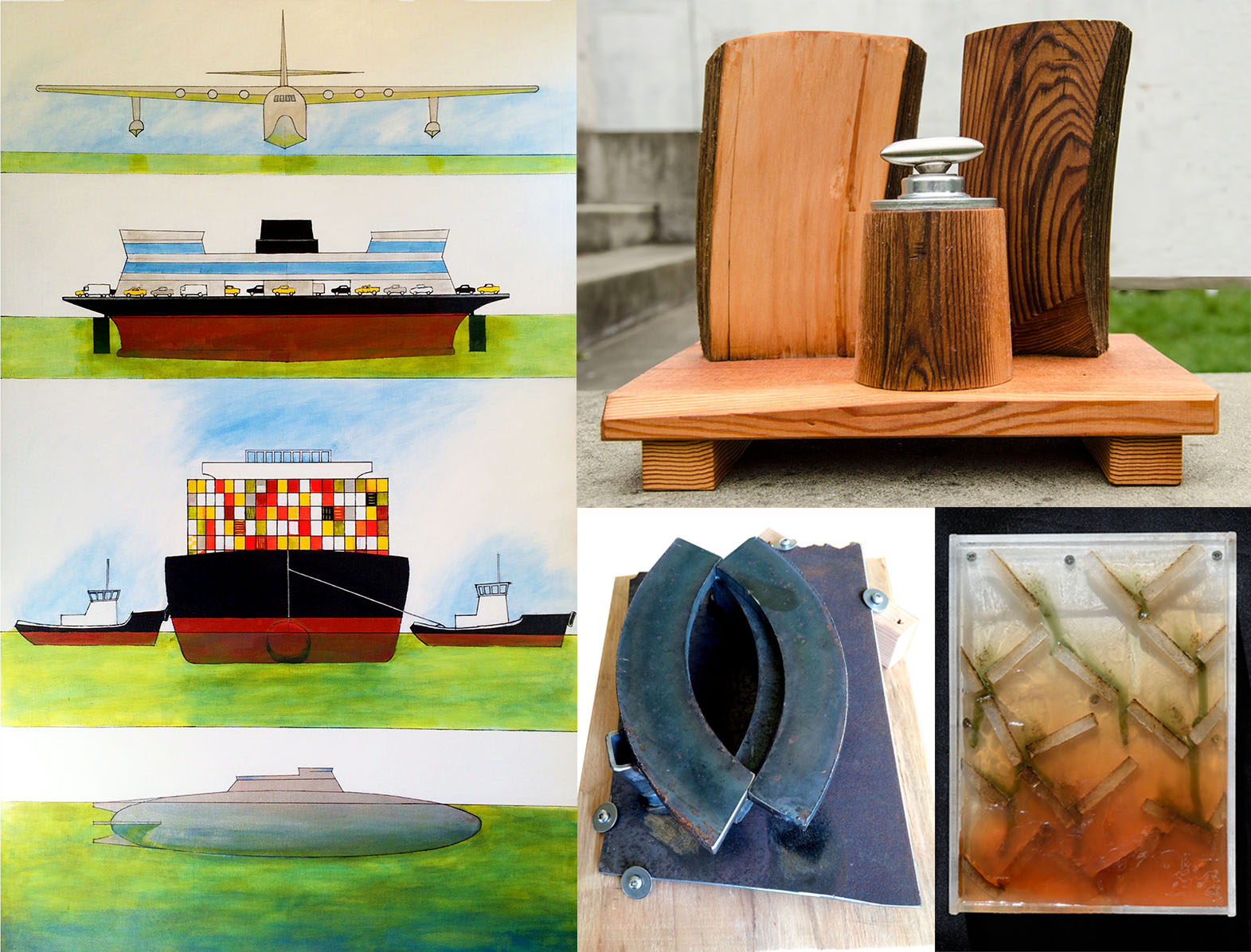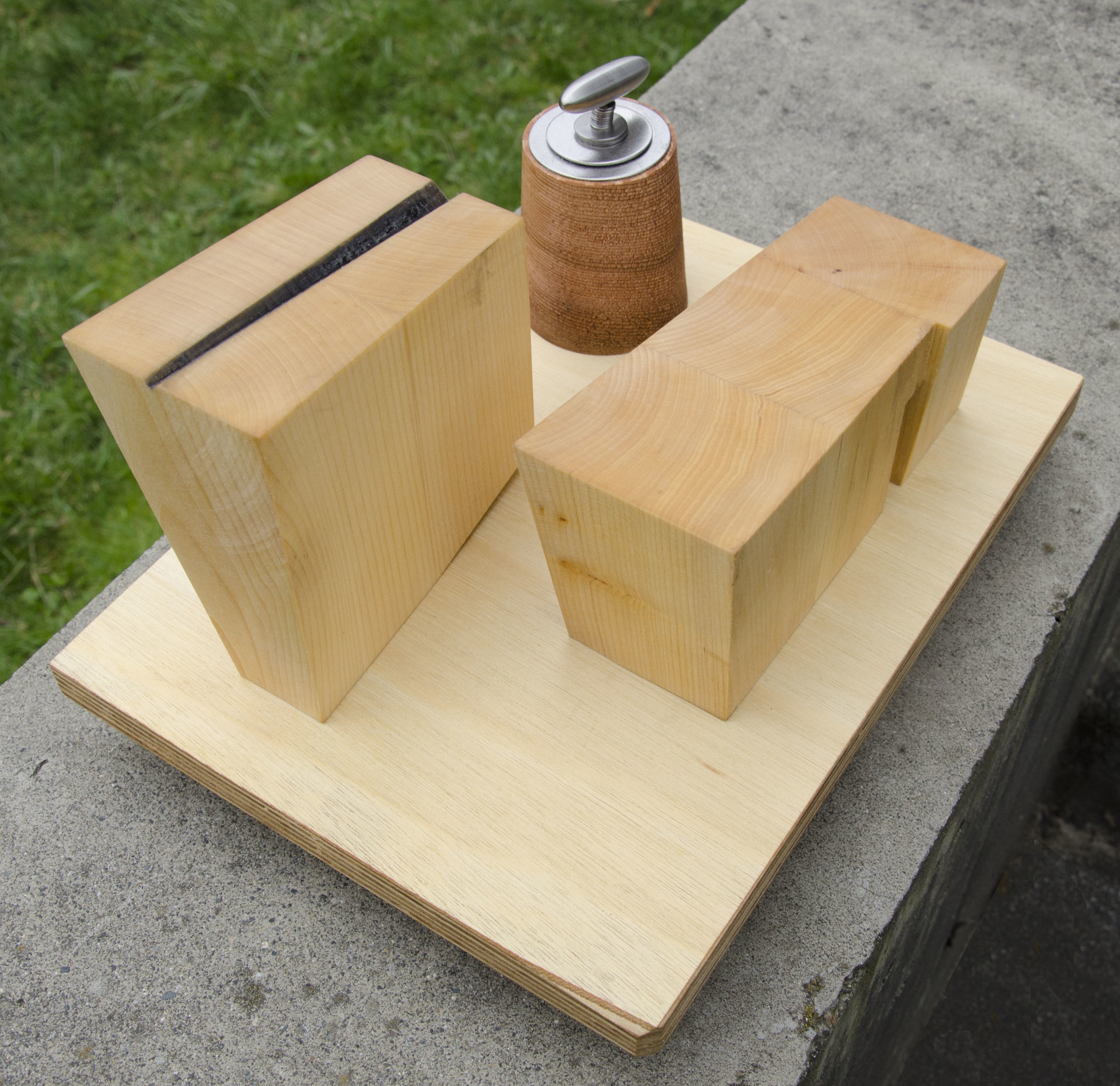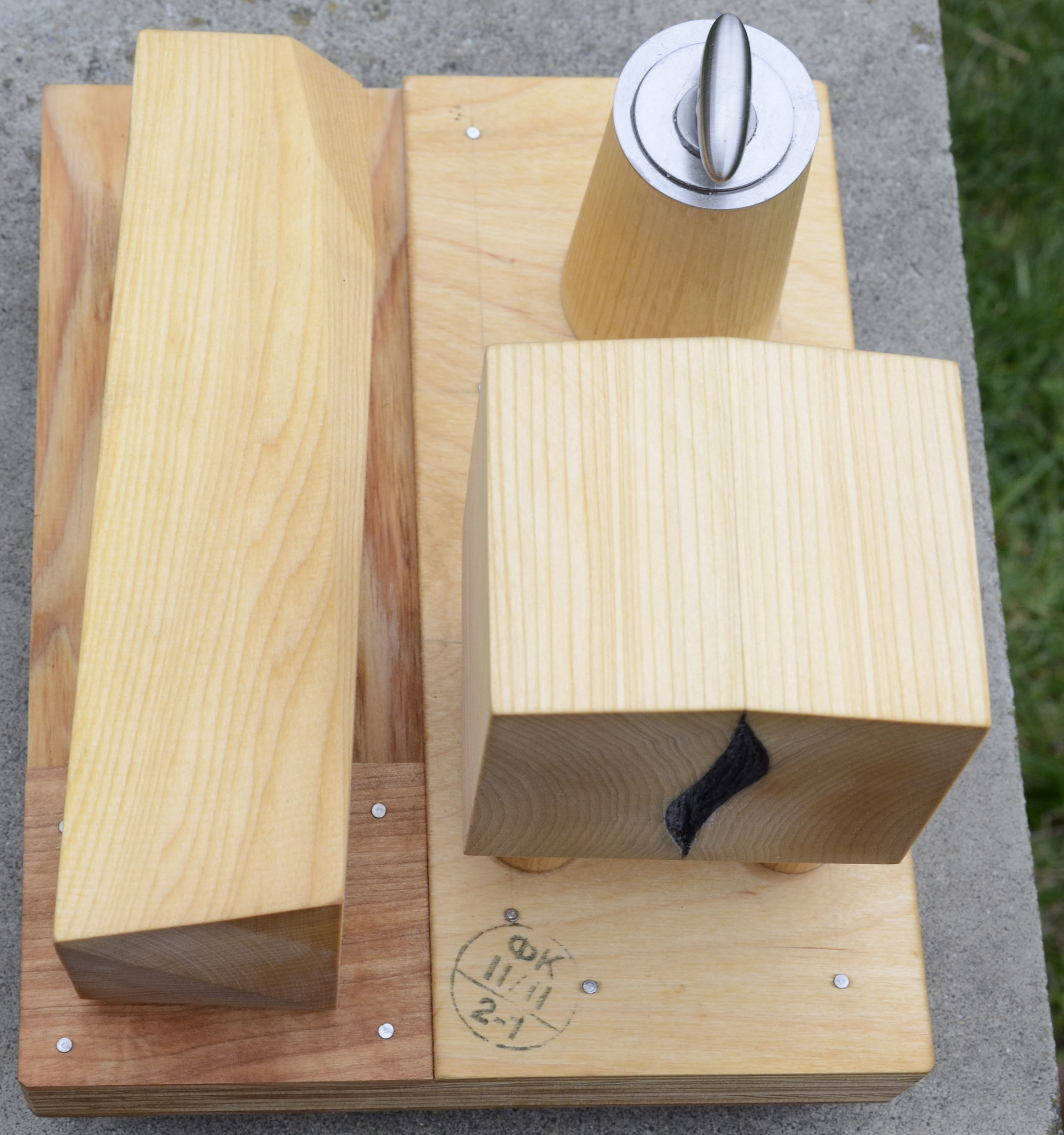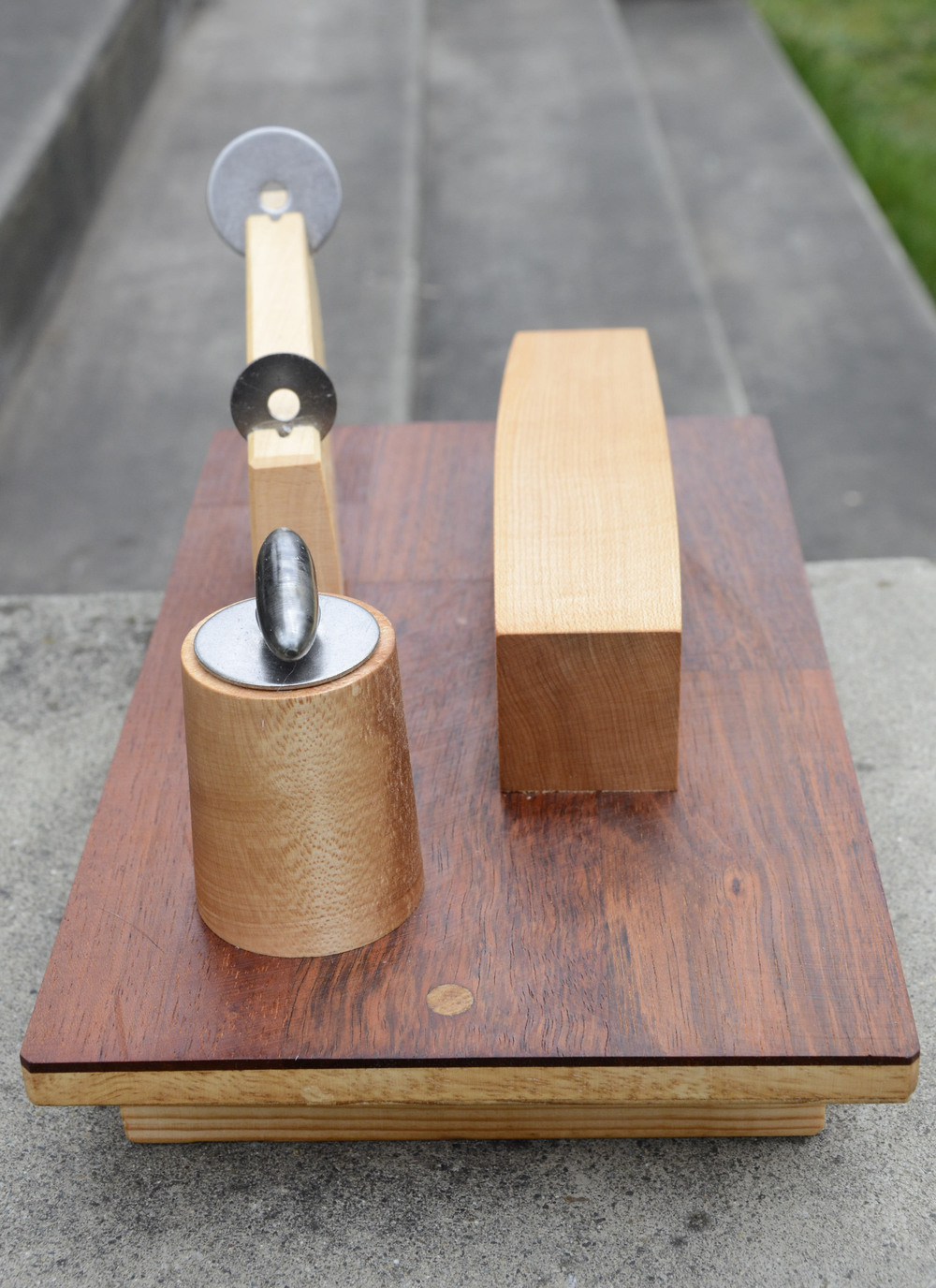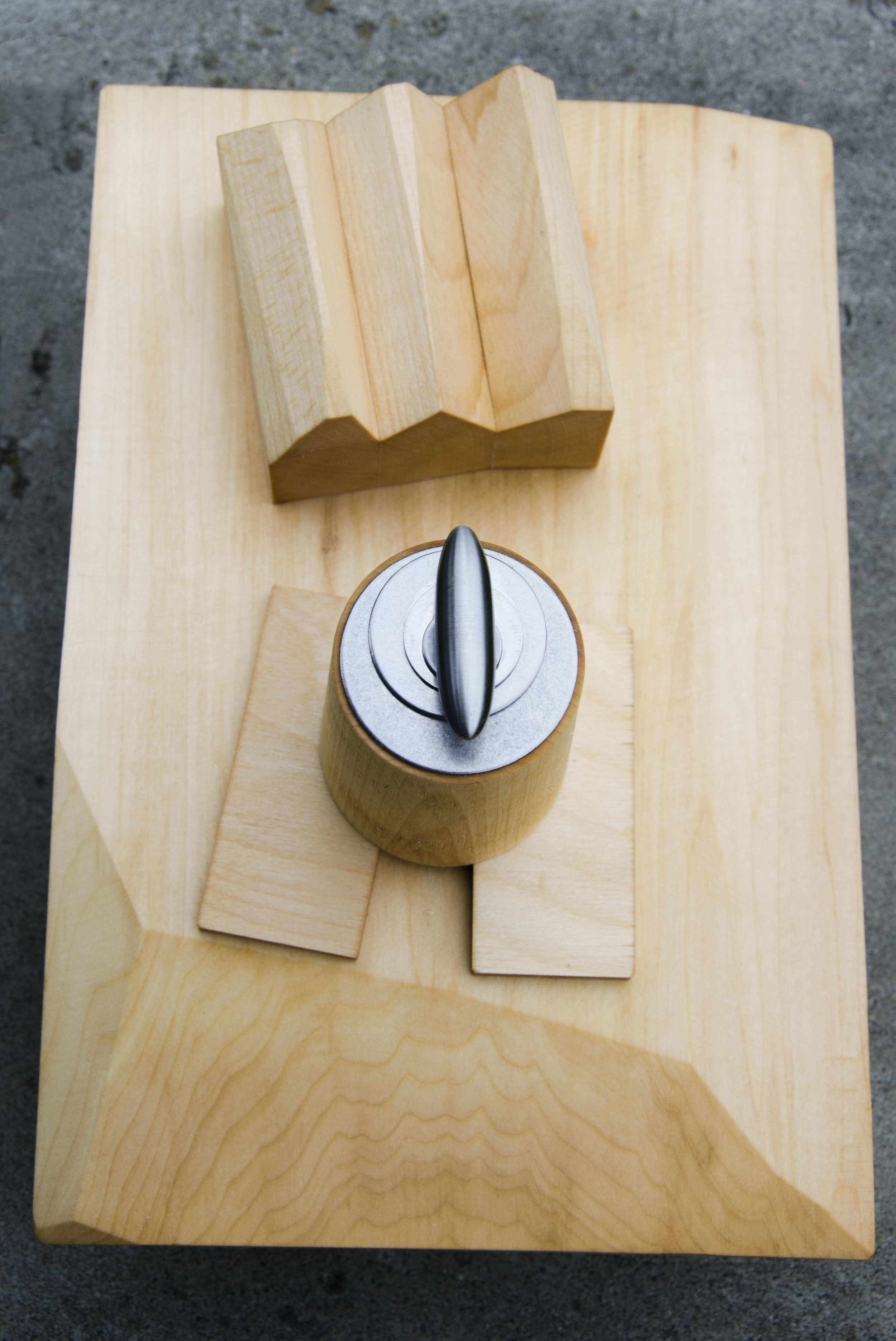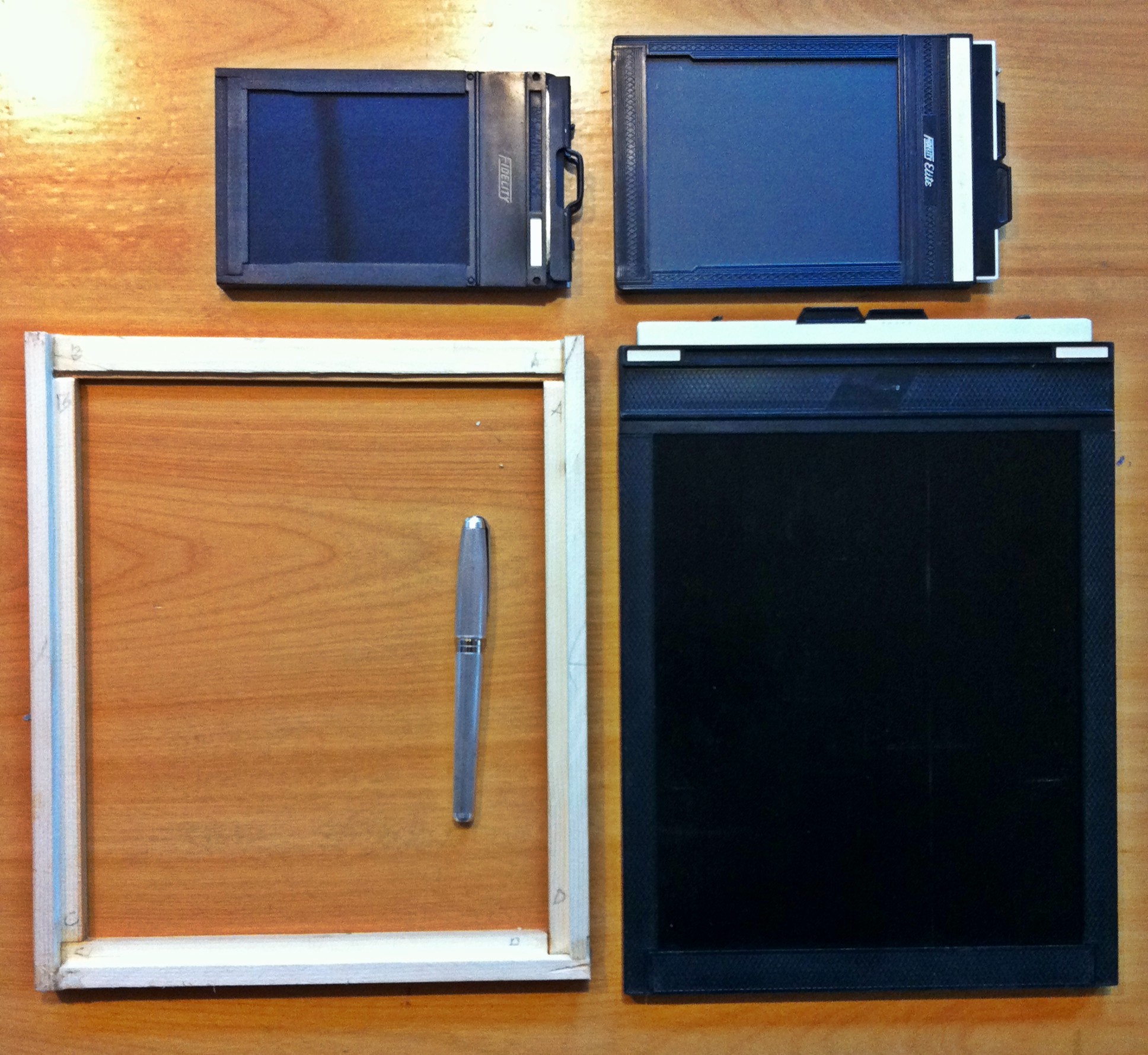Come see the exciting Ballard Lofts at Solo, and see some of the following art pieces, Saturday, August 9, 2014 from 6-9 pm at the Solo Lofts Sales Office 2041 NW 57th St., Loft 103, 98107. See the Solo Blog entry here.
This painting called Modifiers was the inspiration for several stainless steel and wood sculptures prepared for an six month grouping at the West Seattle Gatewood B and B at the beginning of 2014.
The subjects are publicly viewed and visited large utility structures imagined to purify air. They are made like nuclear cooling towers, but have some suspended lozenge that changes the molecular structure of the atmosphere for the better.
The painting is on a custom wood panel with an acrylic gesso base. The lines are drawn and drafted with graphite and painted over many times with acrylic paint and gesso, then finished with a variety of sheens of gels.
The sculptures depict industrial - public - probably rural in nature and could be anything, but all have peaceful scientific roots, with interpretive centers and docents to take groups through the facilities to have the public know where and how their tax dollars are being spent for peaceful, scientific and community enhancement. Any of the pieces conjure a site and specific action and/or industry and often gather energy form the sky, ground or cosmic rays and refocus or disperse the energy.
Cedar Duo
See the Wood page for more sculptures and comments here.

